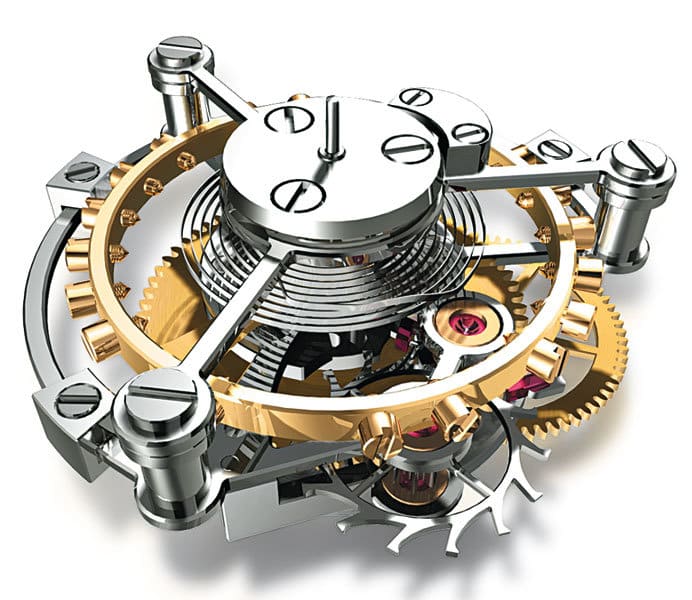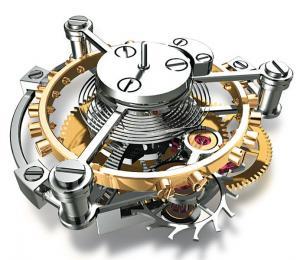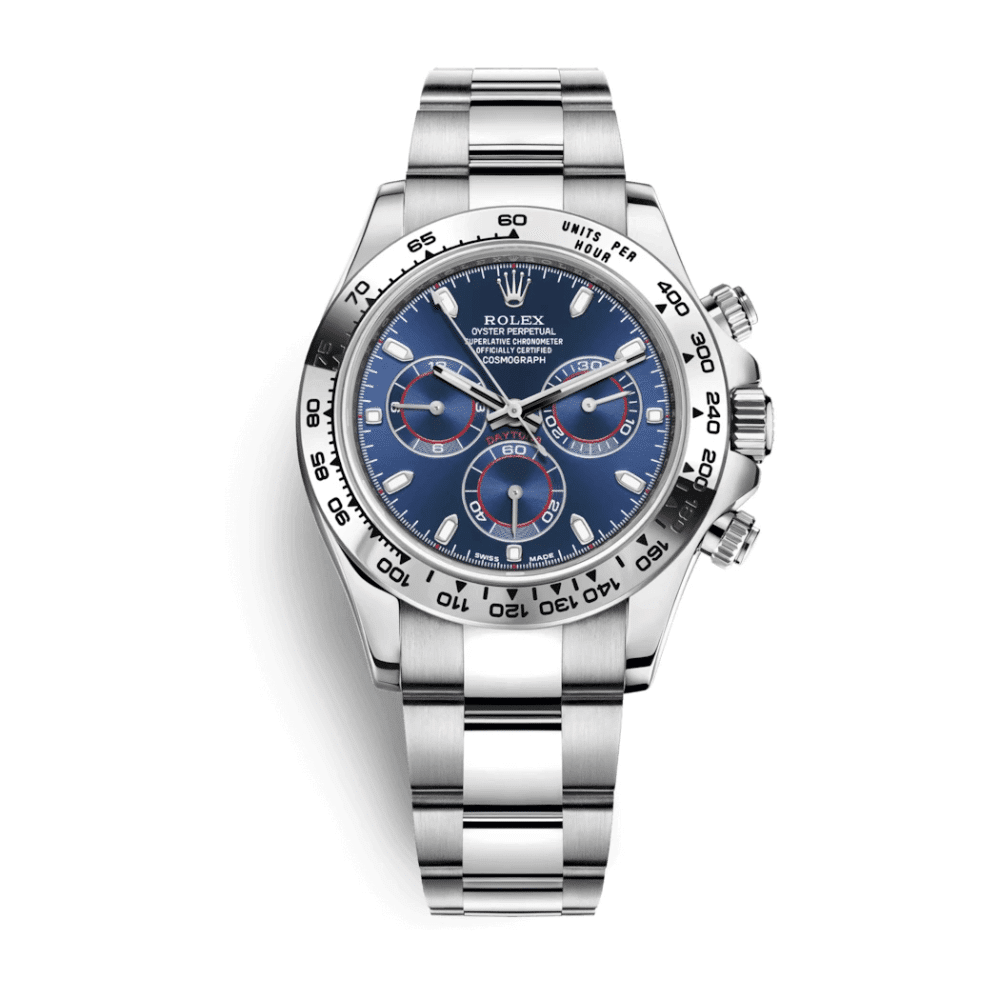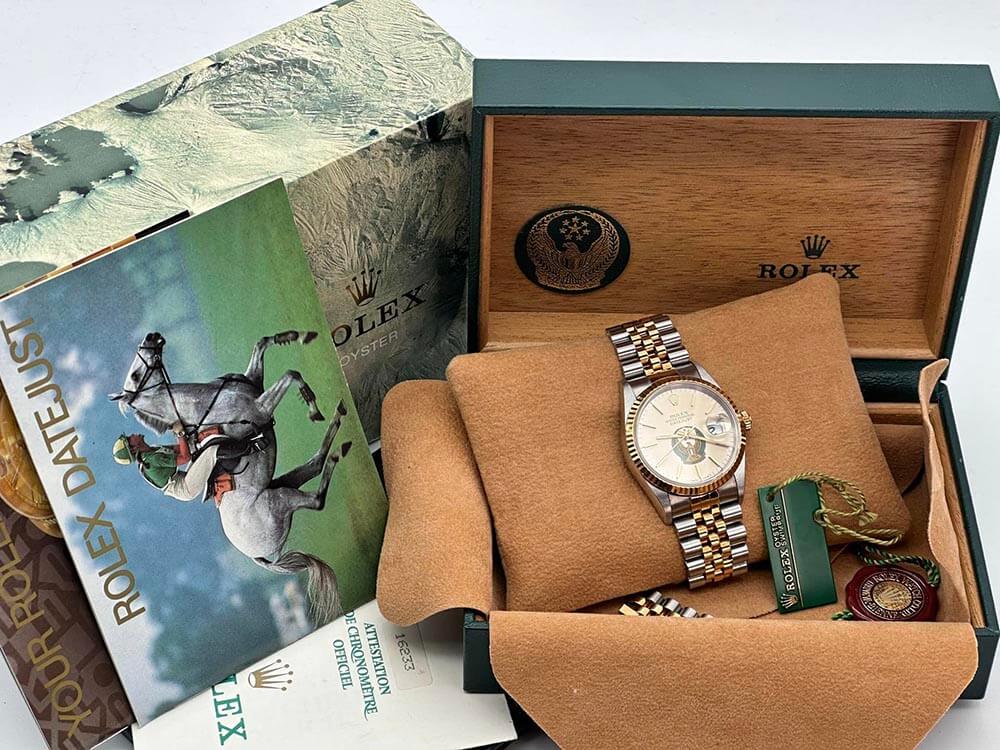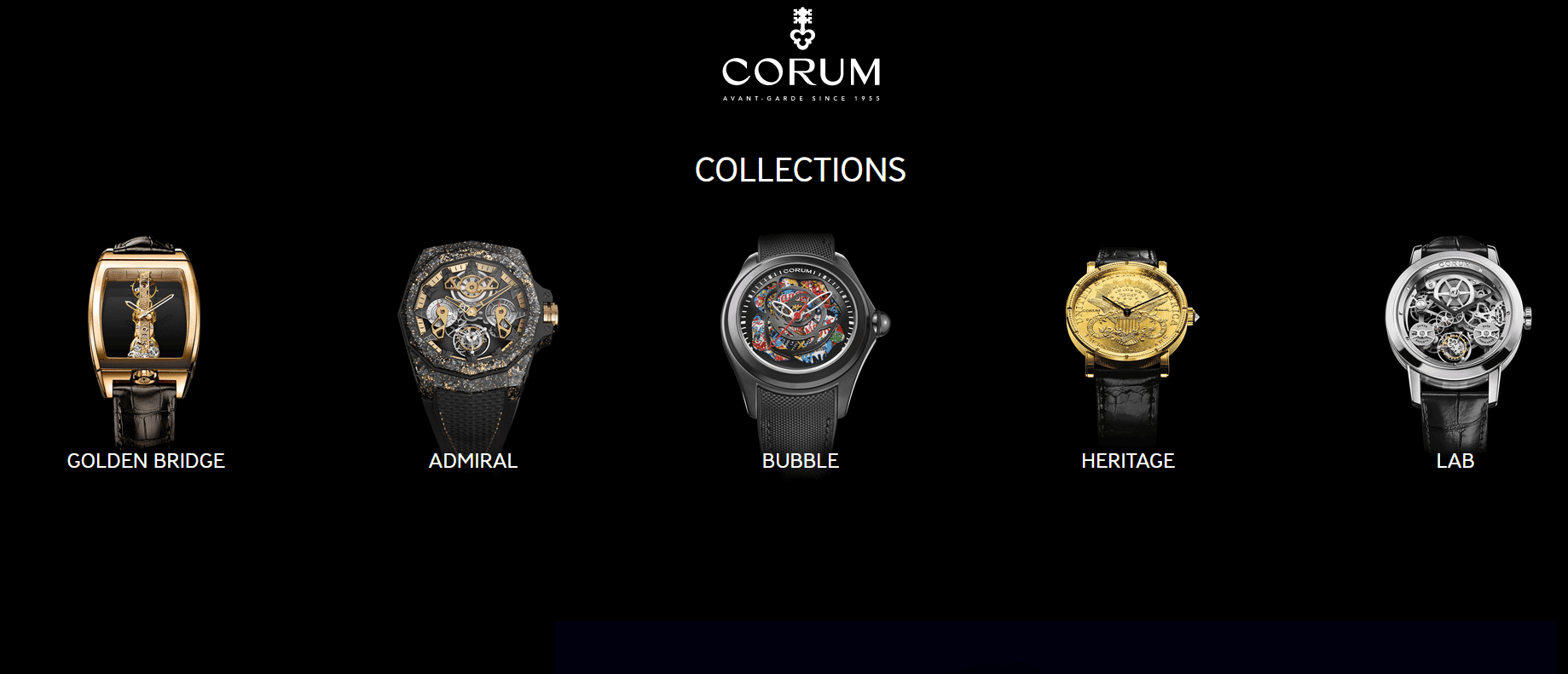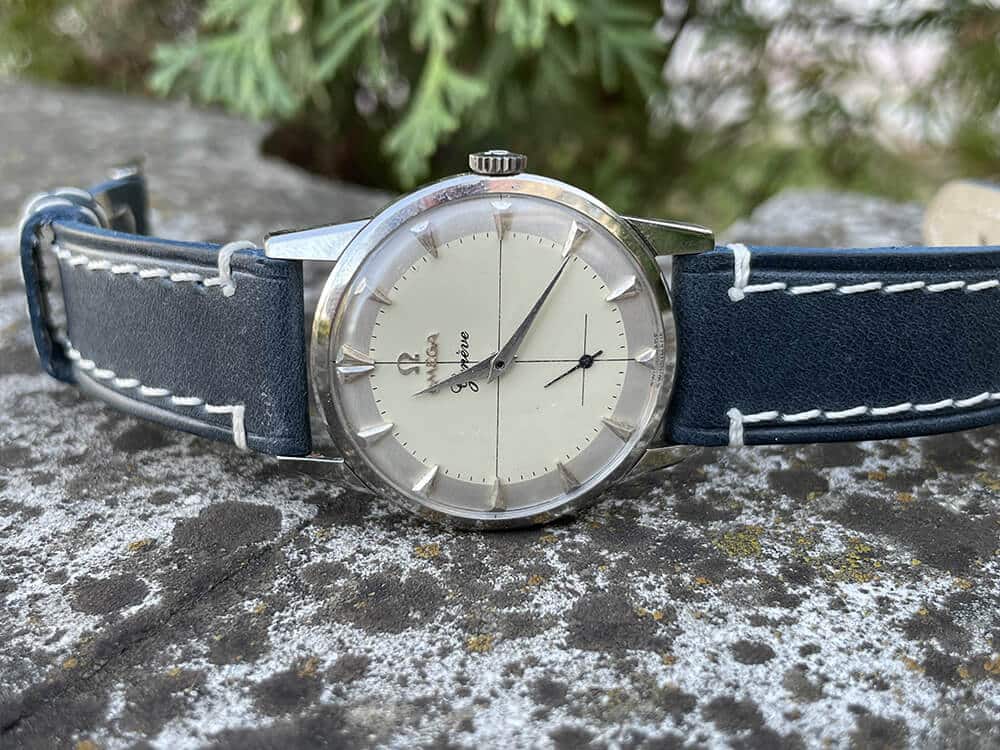Abraham-Louis Breguet (1747–1823), a watchmaker who was legendary in his own lifetime, invented the tourbillon, which is French for “whirlwind,” in 1795 and patented the invention in Paris in 1801 [S1]. As “the watchmaker of kings and the king of watchmakers,” Breguet sought the highest possible accuracy in his timepieces. This period was the age of accurate watchmaking, spurred by the need for estimating longitude at sea. Breguet’s watches were so sought after that, even during his lifetime, his work was frequently forged. In those days, watches were carried vertically in a vest pocket or were laid flat on a table.
The rate difference between these two positions was quite noticeable and adversely affected both accuracy and precision. Breguet realized that the effects of gravity were responsible for at least part of the rate variation of his pocket watches. His solution to this problem is a continuously rotating escapement by means of a tourbillon. The difficulty of constructing a tourbillon meant that few were made and only for the most expensive watches. Breguet died in 1823 having sold only 35 tourbillon watches. The vintage period of watchmaking covers the period from 1800 to 1945, during which time there have been perhaps 250 master watchmakers.
All together, these watchmakers made an estimated 600–850 tourbillon movements. Consequently, tourbillons have always been exclusive. The difficulty of construction is in part due to the small size required of tourbillons. Because the rotating cage absorbs energy from the mainspring, minimizing this energy loss requires that the tourbillon weight be minimized. A modern high-quality tourbillon is handmade from lightweight yet durable metals and contains between 40 and 90 parts weighing a total of 0.2–0.6 g, with a cage size of perhaps 8 mm. Watchmakers need special tools to construct parts to these tight tolerances. A master watchmaker can produce only 20 or 30 tourbillon timepieces per year.
Tourbillons were first put into wristwatches in 1986. As noted in the main text, tourbillons are redundant in wristwatches because the natural wrist movements throughout the course of a day provide the same averaging of gravitational errors as provided by a tourbillon. Therefore, why bother placing such an intricate device in a wristwatch? The answer is purely as a demonstration of watchmaking virtuosity and as an expression of exclusivity. Tourbillons in wristwatches are always on display, visible through the glass either on the front or back of the watch. Within the last five years, two-axis tourbillons have been made and installed in wristwatches.
These devices rotate about one axis, which itself then rotates about a second, perpendicular, axis. Three-axis tourbillon watches are now on the market. The typical cost of a wristwatch with such refinements exceeds a quarter million dollars, even though the refinements do not serve much practical purpose. Semi-automation now increases the annual production of tourbillon watches to over 1000, which brings down costs for a single-axis tourbillon watch to a mere US$25,000.
